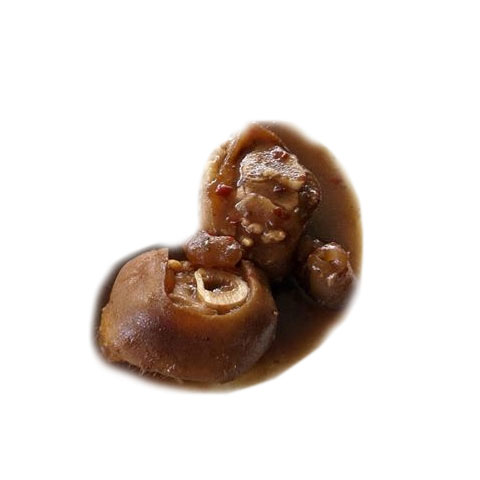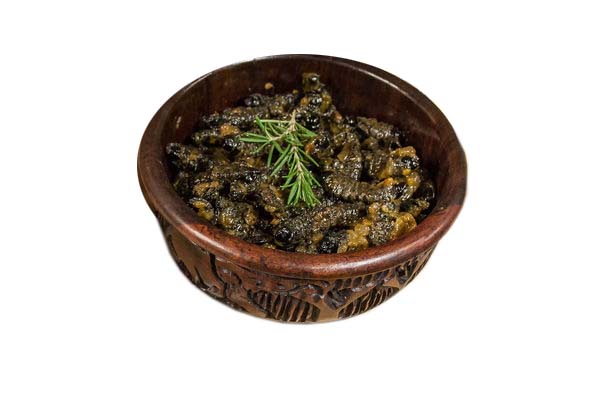Registered dietician Mpho Tshukudu believes that people’s weight issues will resolve themselves when they trust the wisdom of the ancestors, prepare their food slowly and eat it with people they love.
After many years of suffering from leaky gut syndrome and numerous food allergies, Tshukudu took a closer look at her Anglo-Euro centric diet.
“I realised that, like me, most of my clients were middle-class black South Africans and the first generation with lifestyle diseases. As we moved further away from our heritage and acculturated to the western and city lifestyle, including what we cooked and ate, we gained weight.”
She said many of her clients were being diagnosed with lifestyle diseases such as diabetes, high blood pressure and abdominal fat (mkhaba).
 “And then it hit me. If we are what we eat. If we ignore our familial taste presence, then we become someone else,” she said.
“And then it hit me. If we are what we eat. If we ignore our familial taste presence, then we become someone else,” she said.
Tshukudu learnt that African food is healthy and delicious and that the answers that we have been looking for to solve our health problems are right under our noses. “We have been eating foraged, organic, ancient, gluten-free, vegan, low GI, low GL, slow-cooked, seasonal, sustainable, grass-fed, hormone-free for generations,” she said.
Whilst studying functional medicines, she was inspired to write the book, Eat Ting, which identifies the root cause of diseases and uses specific nutritional compounds to treat or manage illness.
“The foods mostly spoken about were American, Chinese and European. I wanted to implement the strategies when treating my patients and decided to research healthy, nutritious foods from Southern Africa. I learnt a lot from older patients and families about traditional and indigenous foods and food systems and realised that African foods are healthy, low-GI, organic, free-range and gluten free and can be used to manage and maintain a healthy lifestyle,” she said.
Going back to your roots to eat healthily has various advantages, including that food is easily available and cost effective. “Food grows easily in rural areas because it is indigenous and is therefore used to the climate and soil composition,” said Tshukudu.
“The food that is around you is healthy and sometimes superior in taste and nutrition, compared to store-bought products that may be stripped of fibre, vitamins and minerals and filled with sugar, salt and unhealthy fats.”
Take control of your diet
Tshukudu explains that the reasons South Africans are becoming overweight and there is an increase in lifestyle diseases is because more people opt to eat takeaways and store-bought food. They exercise less and are not involved with food production and thus lose touch with the effort taken to prepare a meal.
“We associate foods from rural areas with poverty. But, because the ‘new’ foods are not our preferred taste and they lack nutrition, we tend to overeat in an effort to feel full,” she said. 
To take control of your diet and get back to nutrient-dense foods, Tshukudu has these tips for South Africans:
- Take control of what you eat
- Appreciate local foods
- Teach children about their food heritage and customs associated with the food
- Start a small garden to grow your own food.
“Home-grown food is fresher than store-bought items; home gardening uses less chemicals, such as pesticides; and gardening is therapeutic, a form of exercise that can help family members bond and encourages children to learn about where food comes from,” she said.
Lunchbox ideas
When adding items to your lunchbox, Tshukudu suggested that vegetables, especially traditional leaves (morogo), are more nutritious than spinach and they grow easily in rural areas. You can also add a fruit, especially indigenous and traditional ones such as mulberry and figs; and raw nuts, such as groundnuts, marula or cashews. You can also cook with nuts. For example, sorghum porridge; morogo cooked with nuts or peanut butter; and samp, beans and ground nuts with cabbage.
What is for dinner?
Tshukudu urges you to consider legumes (beans and lentils) because they make great stews in winter and can be added to salad or mixed with whole sorghum or corn (dikgobe). They can also be used to make burger patties and are a good source of plant protein, fibre and minerals.
She also recommends offal (intestines, hearts, gizzards, tripe and trotters), which is a nutritious protein source and is inexpensive; and the inclusion of potatoes, sweet potatoes, amadumbe, traditional squash and pumpkins to your diet.
“Do not add sugar to the sweet potato and squash and eat the skin when possible,” she said.



 Facebook
Facebook Twitter
Twitter WhatsApp
WhatsApp